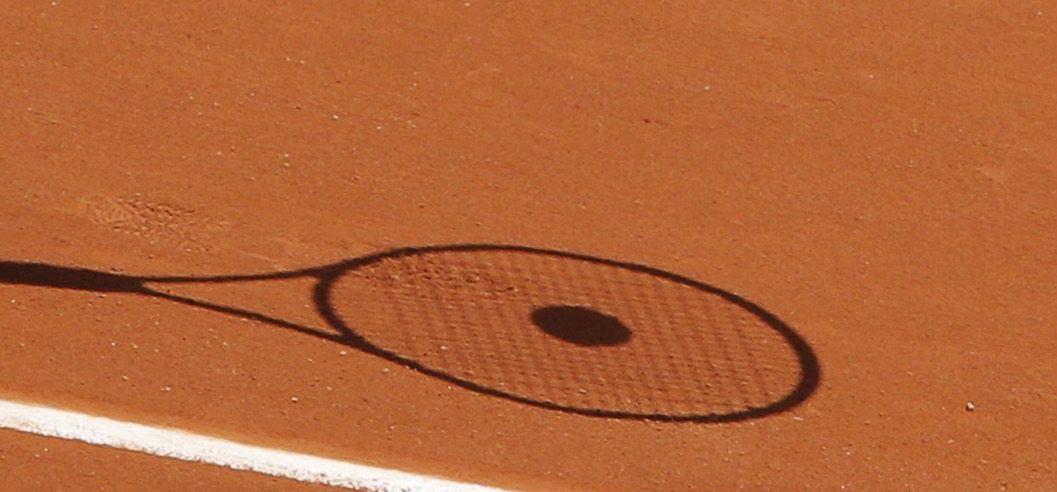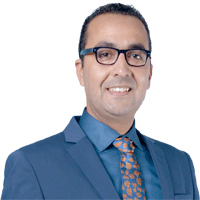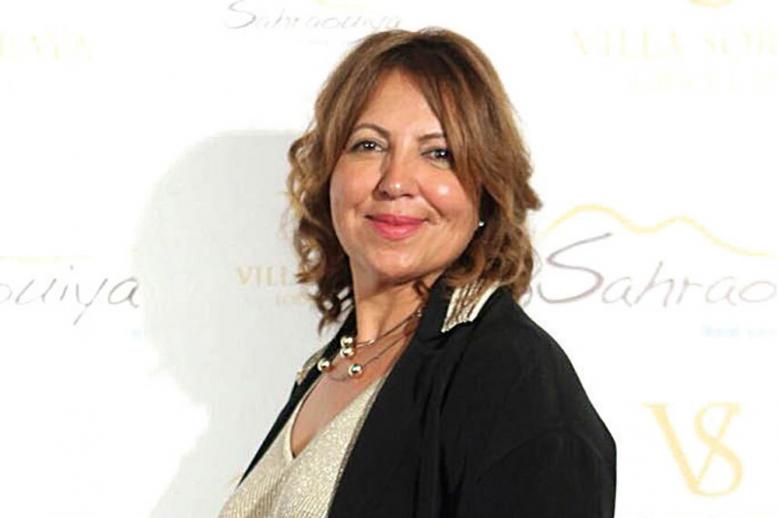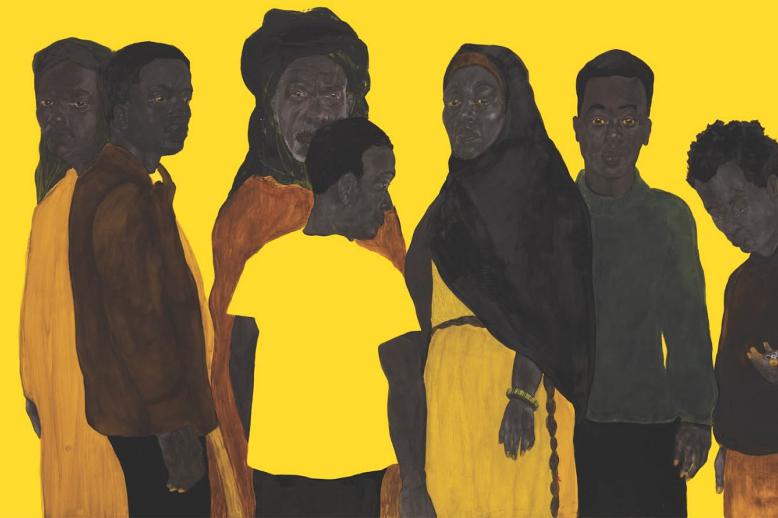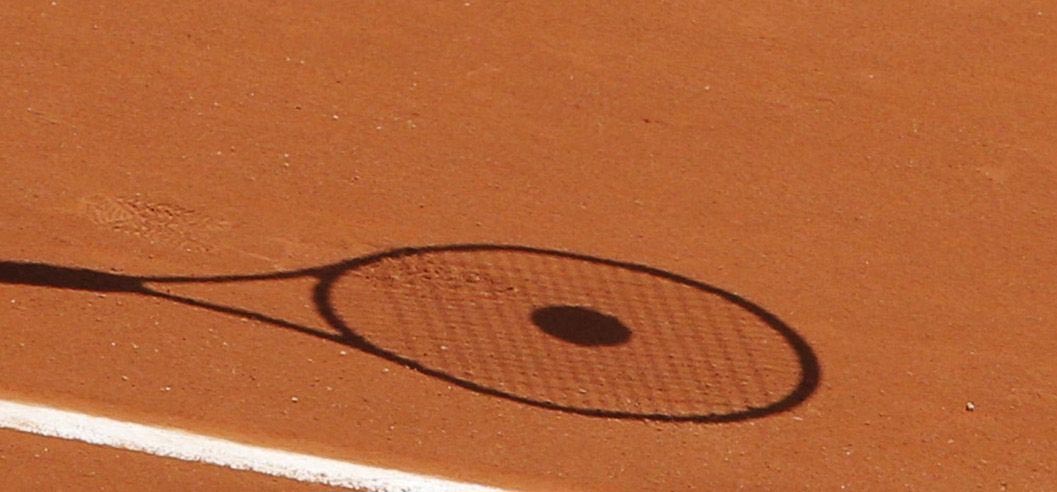Morocco’s senior tennis sinks to a new low in 2021
CASABLANCA - It takes a search in Google news of both words “tennis” and “Morocco” to find out that this sport sank to a new low in the North African kingdom.
“Six Moroccan men’s tennis players, including four who played in the Davis Cup, have been banned in a match-fixing investigation, the International Tennis Integrity Unit said Tuesday,” wrote the Washington Post on December 14.
The six players were found guilty of multiple offenses and a variety of match-fixing charges, including fixing elements of matches, receiving money for fixing and failing to report corrupt approaches, according to the ITIA report.
Their bans, which ranged from nine years to a life ban, came almost five months after another player Mohamed Hirs was banned for life by the ITIA and fined $35,000.
The latest news came as an meteorite that fell on Moroccan tennis which has been struggling for more than a decade to relive the era of the three musketeers, Karim Alami, Younes El Aynaoui and Hicham Arazi, who had rallied their nation behind them in several ATP tournaments, especially the Grand Prix Hassan II where huge crowds used to come and watch them play all the way through to the finals.
The three superstars inspired many children and adults to play tennis in Morocco as the sport drew a huge fan base across the country.
But shortly after the three players’ retirement, tennis performances started to deteriorate until Reda El Amrani raised Moroccans’ hope by breaking into the ATP’s top 200 in June 2010 (160 ranking 2010.06.07) while he was just 22 years old, two months after losing in the quarter-finals of the Grand Prix Hassan II in Casablanca.
At last! Moroccan media was full of praise of the talented Amrani.
“Fans of the yellow ball and former champions are already reassured: the next generation is assured,” wrote maghress.com.
But multiple injuries hindered Amrani’s career, dashing the nation’s hope of seeing him prosper like his predecessors in the tennis circuit.
With no foreseeable champion, the Moroccan tennis federation resorted to the naturalisation strategy, bringing Algerian tennis player Lamine Ouahab to play under the Moroccan flag.
But outspoken Ouahab, who was the last Moroccan tennis player to reach the quarterfinals of the Hassan II Grand Prix, had problems with the FRMT and made his anger against technical director Khalid Afif known during a live broadcast of a tennis match. Consequently, he was suspended for few months
When Laraichi was appointed as FRMT President in 2010, he promised to that he would do his utmost to get at least one Moroccan in top ATP 100.
In an interview with Radio Mars in June 2020, Afif said that the “insufficient” number of licenced players did not help form a new generation of talented champions as in the past during the three musketeers’ era.
But seven years back, Laraichi, who was re-elected at the helm of the FRMT, set a medium-term objective to place at least three players in the ATP top 100 by upgrading training schools for young players, knowing very well that the number of licenced tennis players and club was far less than now.
In July 2020 during the general annual meeting, Laraichi backed Afif’s version of the mere number of licenced players that was behind the failure of Moroccan tennis to generate top notch players.
Laraichi told the audience that Morocco would be competing only at the both African and Arab levels because “we have only around 10,000 licenced players” across the whole country, establishing an incomparable comparison with France and the United States.
There was also some talk about setting up a federal training centre in Rabat during the annual general meeting in 2019, but the project seemed to have been buried.
The degrading Al Amal Complex, which had hosted the Grand Prix Hassan II since the 1980s, could have been turned into a federal training centre before the local development company “Casa Events” started managing it in 2016.
The Grand Prix Hassan II, which is the only ATP Tour stop on the African continent, was moved to Marrakech in the same year after what Laraichi called a disagreement with Casa Events, depriving Casablanca from its precious international tennis event.
On November 28, Morocco failed to reach the group I (world) of the Davis Cup after its humiliating defeat against Denmark, adding insult to injury and prompting calls for the technical direction to step down amid chronically mediocre results at the ATP level.
More troubling is the absence of major ITF and WTA tournaments since the coronavirus pandemic began, making it difficult for rising players to gain more experience at home.
Junior tennis might be the only glimmer of hope as a handful number of male and female players have achieved some positive results at both the African and international levels in 2021.
Private tennis academies are flourishing in Casablanca in a bid to fill the vacuum and revive performance tennis which has been lingering on life support.
The FRMT has recently signed an agreement of the education ministry to popularise tennis at schools nationwide.
But is it too little too late after 12 years of severe drought of results in ATP tournaments? Is this initiative going to resuscitate this sport?

